68% View Racism as Serious U.S. Problem
More than two-thirds of Americans say racism continues to be a problem in the country.
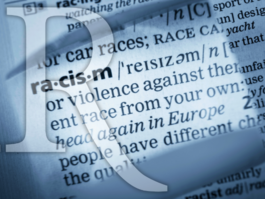
More than two-thirds of Americans say racism continues to be a problem in the country.
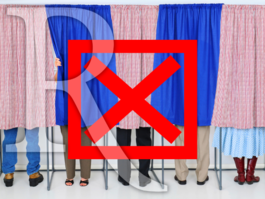
Nearly two-thirds of voters suspect electronic voting machines may be vulnerable to online manipulation.

President Donald Trump has done an admirable job at defanging the IRS, which was converted into a weaponized agency targeting Democrats' political enemies.

The federal government owns about a third of America.

A majority of voters under 40 favor legal limits on how much an individual can earn, including nearly a third who would set the maximum income at $1 million a year or less.

There are too many politicians in America today who think a man like Decarlos Brown belongs on the streets and not behind bars or in a padded cell.
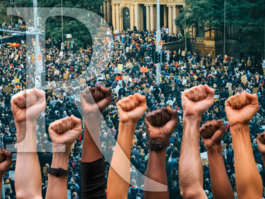
Believing that the economy is unfair to them, a majority of voters under 40 favor legislation to confiscate “excess wealth.”
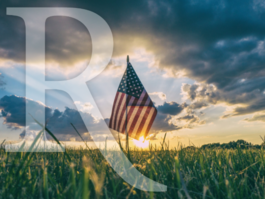
Forty-four percent (44%) of Likely U.S. Voters think the country is heading in the right direction, according to a new Rasmussen Reports national telephone and online survey for the week ending September 4, 2025.
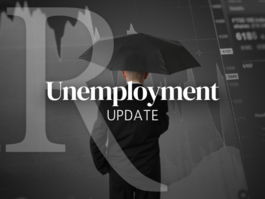
National unemployment was 8.2% in this month’s Rasmussen Reports Real Unemployment update, up slightly from 7.9% last month and significantly more than the 4.3% rate officially reported by the Bureau of Labor Statistics today.

Voters overwhelmingly think American students should get priority over foreigners at U.S. colleges, after President Donald Trump floated the idea of allowing student visas for 600,000 Chinese.

When the Irish comedian Graham Linehan arrived at London Heathrow Airport this past weekend, he was greeted by five armed British police officers who arrested him for -- get this -- three rude tweets.
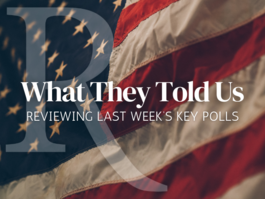
In surveys last week, this is what America told Rasmussen Reports...

A new Rasmussen Reports survey reveals that 40% of Americans now believe the minimum wage should be at least $15 an hour, up from 36% a year ago. That’s a strong sentiment. After all, who doesn’t want working Americans to earn more? But compassion and sound economics are two very different things.

If school choice vouchers were available, more than half of parents with children in public school would take advantage of the programs to send their kids to private school.
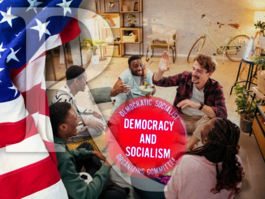
Support for socialist policies and socialist candidates is now a majority position among younger voters in America.

— As the post-Labor Day sprint to the November gubernatorial races begins, we are upgrading Democrats in Virginia, moving that race to Likely Democratic. New Jersey remains as Leans Democratic.
— For the 2026 races, open seats in Iowa and Maine get more competitive in our ratings.
— Republicans should be able to easily win a new seat in Missouri as the result of a new proposed gerrymander, the latest development in the fast-moving redistricting wars.

In the aftermath of last week’s shooting at a Catholic school in Minneapolis, more voters see a need for new gun control laws.

"Mental health is declining," says psychologist Jonathan Haidt.
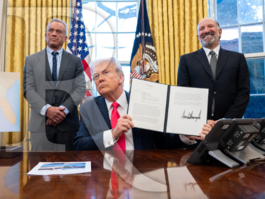
When tracking President Trump’s job approval on a daily basis, people sometimes get so caught up in the day-to-day fluctuations that they miss the bigger picture...
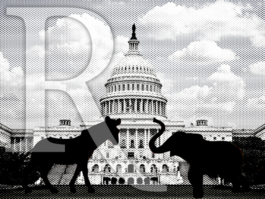
By a 10-point margin, Democrats are more likely than Republicans to believe that their own party’s members of Congress agree with them.